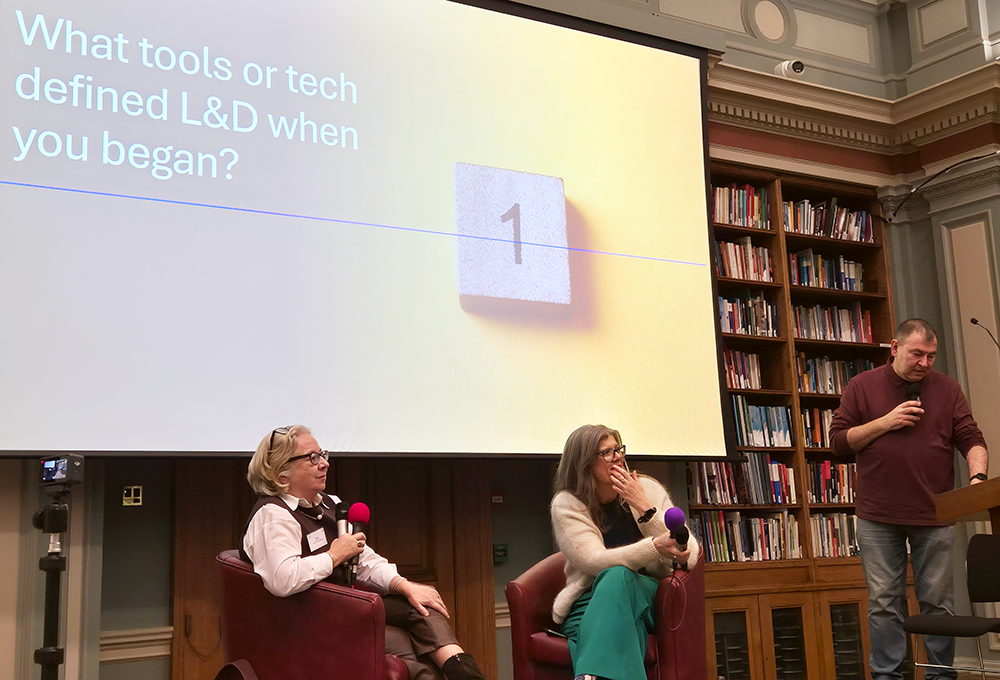Agata Nowakowska gives TJ some practical steps to turn managers into coaches.
In recent years, forward-thinking organisations have begun to move away from traditional top-down command-and-control management styles to a more participative and consultative leadership approach in which the coach-manager plays a pivotal role.
Research shows that organisations with a strong coaching culture typically enjoy higher levels of employee engagement and job satisfaction. They also have more productive and cohesive teams that achieve better business results, and are highly successful at attracting and retaining talent.
Plus, thanks to the enhanced two-way communication and collaboration engendered between managers and team members, these organisations consistently demonstrate a greater adaptability to change and innovate.
Counting the reasons why
Guiding and empowering employees, rather than just telling them what to do, is both rewarding and much more productive. A good coach-manager will gain deep insights into what’s going on within their team – including what’s hampering their ability to perform – intervening before serious problems emerge.
Inspiring teams to actively participate in the search for improvements and innovations that will benefit the wider organisation enables a more participative and consultative approach. Employees are hungry for the high-touch guidance provided by the coach-manager who gives them regular feedback, supports their development, recognises their contribution and fosters their autonomy.
Embedding coaching into the company mindset will mean ditching the formal annual review and making it part of the company culture
Indeed, Google has recently unveiled that it’s Project Oxygen 2018 Manager Feedback Survey to evaluate what makes a manager great, found that employees ranked coaching as the top competence they want their managers to have.
So, how do L&D departments encourage and help managers to embody the role of the coach-manager who empowers teams in a more supportive manner, coaching individuals to good performance while giving them opportunities to develop and stretch?
Step 1: Enable a coaching culture
All too often, today’s time-pressed managers are focused on a myriad of tasks and, as a consequence, overlook the importance of coaching as a highly effective tool for developing talent or engaging in dialogue with their teams.
Embedding coaching into the company mindset will mean ditching the formal annual review and making it part of the company culture for managers to have regular check-ins with their employees and encourage feedback.
Other approaches could include encouraging managers to undertake regular phone calls or in-person meetings on a monthly or weekly basis, or initiating peer-to-peer collaborative coaching sessions that inspire teams to think creatively about how to solve operational challenges.
Step 2: Equip managers with coaching skills
According to a recent study by the Society for Human Resource Management, 93% of managers feel they lacked the training and skills needed to properly coach their direct reports.
Given that much of an individual’s experience at work is directly shaped by their relationship with their manager, it’s vital that managers are given the coaching tools they need to adapt their management style and respond better to the needs of their team members.
RELATED CONTENT
To achieve this, they will need on-demand skills training and flexible learning opportunities that enable them to observe and understand core coaching skills – like active listening, questioning, building rapport, delivering constructive analysis and feedback, empathy and delegation – and time to apply and practice these skills in live scenarios.
Giving managers their own coach will enable them to experience at first hand the benefits of coaching and gain a valuable role model on how to deliver coaching for others.
Step 3: The application of science
The coaching process is an ongoing cycle of performance and practice, in which coaches evaluate, intervene and feedback information with the aim of enhancing future performance. Professional sports coaches know that accurate and timely feedback is a critical part of the coaching process and systematically use performance analytics to improve decision-making and augment learning.
In the workplace, data analytics can help invigorate the feedback process and make the manager’s job easier when it comes to providing more accurate and personalised feedback to employees.
Utilising objective performance data to inform evidence-based decisions and reduce the risk of subjective judgements or speculation also helps to build enhanced employee trust in the coaching and feedback process.
Step 4: Gamification
Turning a manager into a great coach requires practice, and more practice, until coaching behaviours become fully embedded. It’s a process of reflection, assessment, feedback and more practice. But not all managers will willingly embrace taking on coaching responsibilities.
Gamification, or the use of game mechanics to motivate managers to develop their coaching skills and apply these in the workplace delivers a clear ‘what’s in it for me’ reward approach that can help managers clearly evaluate how well they are progressing towards a desired business outcome. In this case, becoming an effective coach-manager.
Alongside rewarding managers for completing training and undertaking coaching tasks, determine what makes for a great coaching outcome and celebrate achievements by providing rewards based on clear performance outcomes.
To truly foster a coaching culture that boosts employee engagement and productivity, L&D departments need to ensure they are developing effective coach-managers who have a deep commitment to employee success.
Rather than prescribing answers, these coach-managers are equipped to empower teams to perform and support the continual learning, communication and feedback cycle that creates a highly motivational workplace environment.
About the author
Agata Nowakowska, Area Vice President at Skillsoft.



